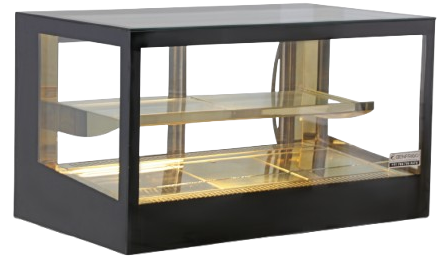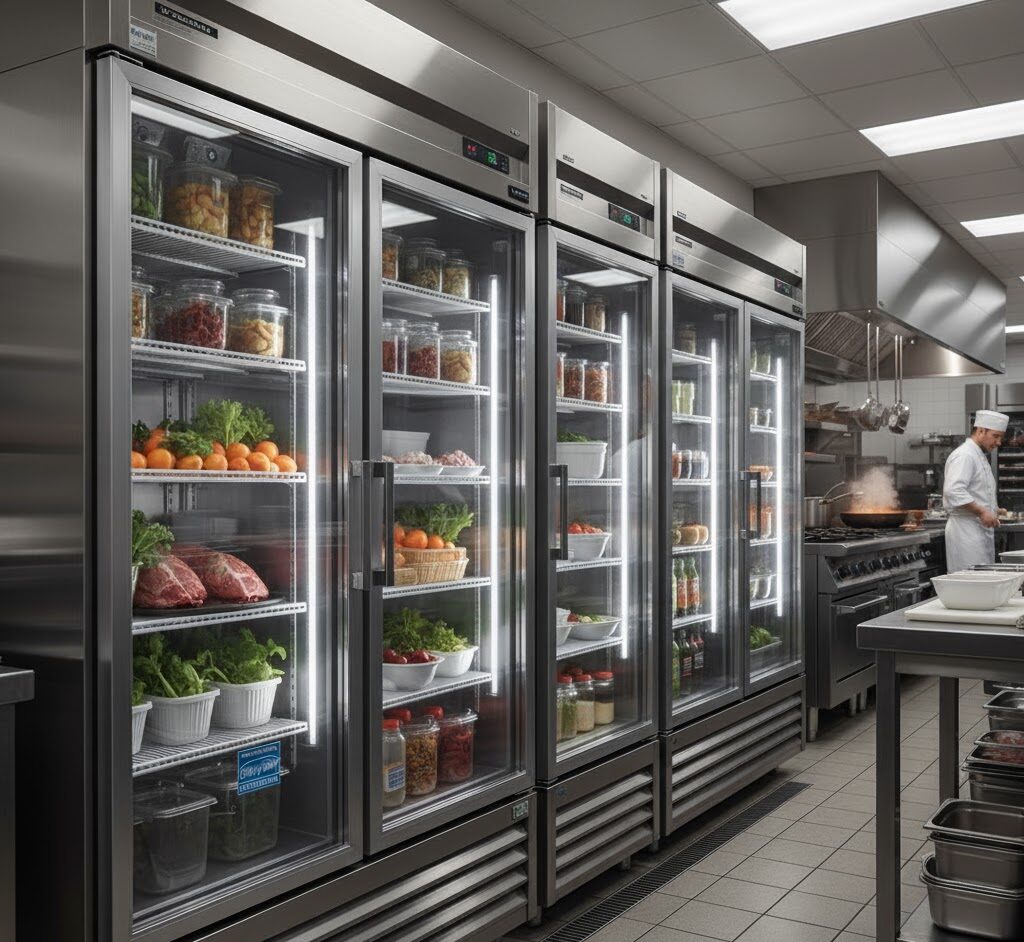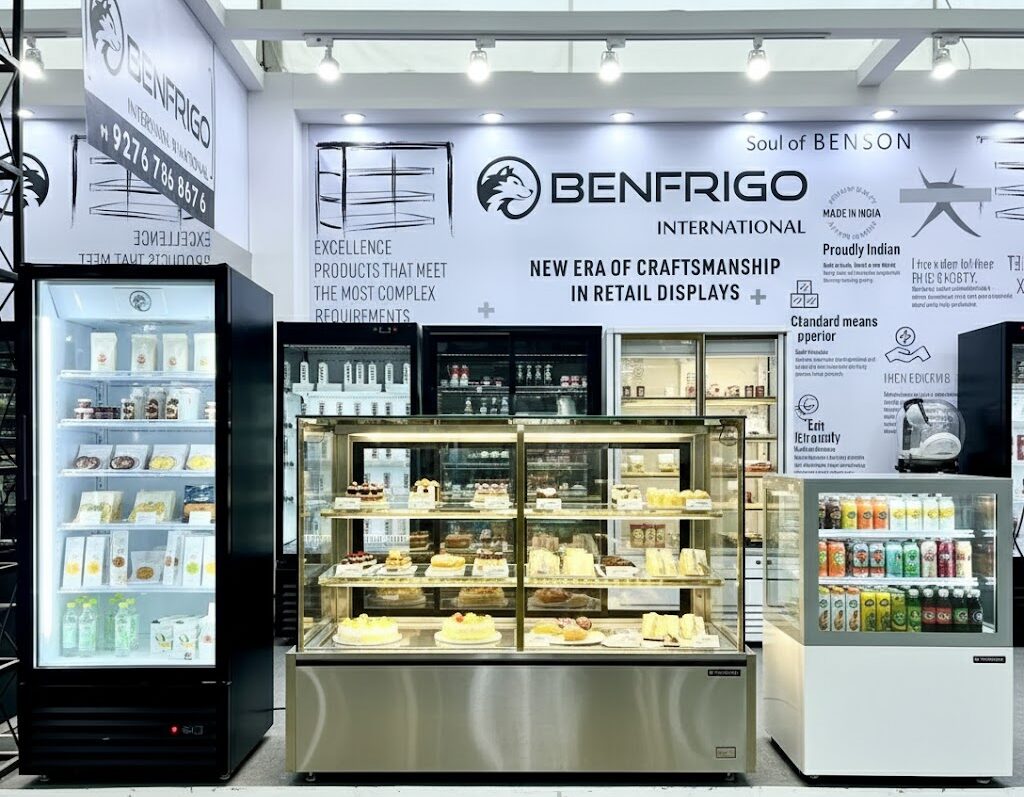The Complete Guide to Choosing the Right Tabletop Food Warmer for Your Business
September 28, 2025 By: admin

The success of a food service business is not only in the preparation of good meals but in the proper temperature of serving, food hygiene and the manner in which food can be served in the most attractive manner. Regardless of whether you are the owner of a restaurant, cafe, catering or a bakery, the appropriate heating equipment can make a big difference in terms of customer satisfaction and performance. The tabletop food warmer is one of the practical and versatile solutions out of the numerous ones.
We are going to discuss the need of heating equipment, the options, and important factors before buying, and how to get the most out of it in this guide.
Why Food Warming Equipment Is Essential
Temperature is important when it comes to food presentation and taste. Food kept too hot for too long can dry up or destroy the flavor of the meal and a hot meal served cold can ruin the dining experience of the customer. Being warm all the time is not only a question of taste, but also a question of safety. Bacteria reproduce well in the known temperature range of the danger zone (40 deg F to 140 deg F).
This problem is overcome by commercial warming equipment which maintains dishes at safe and pleasant serving temperatures. This ensures:
Food Safety – Minimizes food contamination.
Consistency – This is to make sure that all the customers get the meals at the correct temperature.
Convenience – Enables the staff to make service fast without having to be reheated.
Professional Presentation – Maintains buffets, displays and counters in a fresh condition.
Types of Food Warmers
Before investing, it’s important to understand the different kinds of warming equipment available:
Countertop Warmers
They are small and effective, being intended to be placed on worktops (or serving counters). Small kitchens or front of house displays can be perfect.
Bain-Marie Warmers
A water bath can be used to offer smooth and consistent heat, this is best where the product is a sauce or a soup or a delicate dish.
Drawer Warmers
These warmers are mounted on cabinets or standalone and are filled with baked goods, breads or cooked foods to be served.
Buffet Warmers
They are used in popular restaurants and hotels where they showcase several dishes and keep them warm.
Specialty Warmers
Add warmers of pizzas, chip warmers, or soup kettles–made to suit particular foods.
While each type serves a different function, the tabletop model is often preferred by small to medium-sized businesses due to its flexibility, compact size, and ease of use.
Advantages of Using Tabletop Heating Equipment
- Space-Saving Design – Fits easily on counters without taking up too much room.
- Versatility – Can hold a wide variety of foods, from curries to pasta and baked items.
- Portability – Lightweight and easy to move between kitchen and serving areas.
- Energy Efficiency – Consumes less power compared to larger warming stations.
- Quick Setup – Requires minimal installation, often plug-and-play.
For businesses with limited space or those that require flexibility, this is often the most practical solution.
Important Features to consider prior to purchase
Choosing heating equipment, you should remember the following characteristics:
Temperature Control: Programmable thermostats enable you to control heat according to the dish that is being served.
Capacity: Select the appropriate size depending on the amount of food that you serve. Overcrowding is inefficient and oversized models can be energy wasters.
Material and Build Quality: Stainless steel is the most hygienic, effortless to clean and it is the most durable.
Ease of Cleaning: Maintenance is a painless task with removable trays and non-stick surfaces.
Heating Method: Dry heat warms foods rapidly and moist heat keeps them moist–choose the type depending on your menu.
Safety Features: Incident lights, indicator lights, auto shut-off and insulated handles enhance safety in the workplace.
Design and Presentation: In the case the unit will be facing the customer, give it a nice finish and put clear glasses on the front to make it visible.
Best Use Cases in Food Businesses
- Restaurants and Cafés – For keeping sides, sauces, and entrees warm during peak service hours.
- Catering Services – Easy to transport and set up at events, ensuring food stays hot.
- Bakeries and Confectioneries – Ideal for keeping baked goods warm and ready to serve.
- Buffet-Style Dining – Keeps multiple dishes fresh for longer periods.
- Street Food Vendors – Portable and efficient for on-the-go food service.
Tips for Getting the Best Out of Your Food Warmer
- Preheat Before Use – Always allow the unit to reach the desired temperature before placing food inside.
- Use Proper Containers – Stainless steel pans or food-grade inserts help distribute heat evenly.
- Avoid Overloading – Crowding reduces airflow and leads to uneven warming.
- Maintain Water Levels (for Bain-Marie models) – Prevents food from drying out.
- Regular Cleaning – Prevents buildup of grease, ensuring hygiene and efficiency.
- Check Cords and Connections – Regular inspections improve safety and extend equipment lifespan.
Common Mistakes to Avoid
- Leaving Food Too Long – Extended warming can affect taste and texture.
- Incorrect Temperature Setting – Too low can cause spoilage, too high can dry food out.
- Neglecting Maintenance – Ignoring cleaning and inspections leads to costly repairs.
- Choosing the Wrong Size – A mismatch between business needs and equipment capacity reduces effectiveness.
Trends in Food Warming Technology
The food service industry is evolving, and so is warming equipment. Some of the latest innovations include:
- Energy-Efficient Heating Elements – Reduce electricity consumption without compromising performance.
- Digital Controls – Offer precise temperature monitoring and adjustment.
- Modular Designs – Allow businesses to expand or reconfigure setups as needed.
- Eco-Friendly Insulation – Ensures heat retention while reducing environmental impact.
- Sleek Glass Covers – Combine functionality with elegant presentation for customer-facing setups.
Maintenance Checklist
To keep your heating unit performing at its best:
- Wipe down daily after use with a mild detergent.
- Deep clean trays and inserts weekly.
- Inspect electrical cords monthly.
- Descale water-based models regularly.
- Schedule professional servicing annually.
A well-maintained unit not only lasts longer but also guarantees consistent performance.
Final Thoughts
The appropriate warming equipment can be a boost to your food service business. It keeps food safe, delicious and ready to be cooked any time. They also fit in smaller cafes, catering businesses or large restaurants with small tabletop models that can be easily moved around, efficient and cost-effective.
With such characteristics as temperature control, capacity, design, and cleaning, you can select a model that fits your business requirements. This, with routine maintenance and correct use, will make you have an invaluable tool that will improve not only your workflow but your customer satisfaction, as well.


Leave a Comment
Your email address will not be published. Required fields are marked *